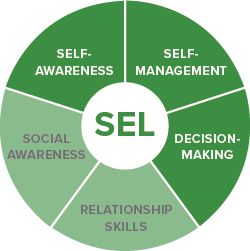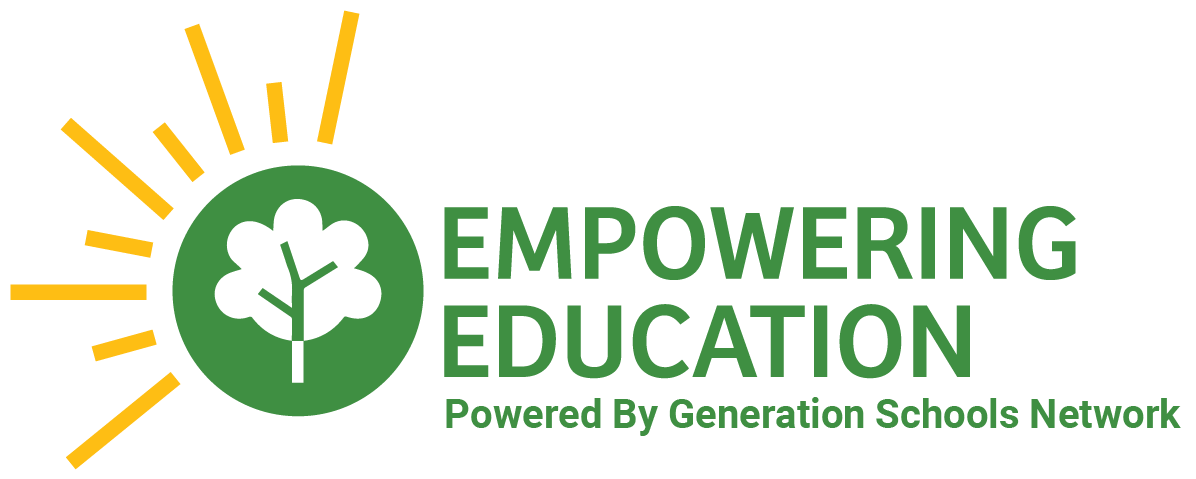Locked Content
Unlock this lesson plan by becoming a paid member. Existing members, please log in.
Students will understand the basics of how the brain changes and grows
(i.e., neuroplasticity).
By the end of the lessons, students will be able to:
- Understand what neuroplasticity is
- Experience and reflect on the process of creating a new neural pathway through a memory game
Our brains create new neural pathways throughout our entire lives—this is called neuroplasticity. These pathways allow us to access thoughts, skills, feelings, and memories. We have billions of neurons that connect to one another to make these learning pathways. The more a skill is practiced, the stronger that connection.
When you stop practicing, your brain decides it is no longer important and it lets those connections weaken.
In this lesson, students start with a mindful moment in which they use the acronym STOP to focus: Standing/Sitting tall and breathing; Tuning into their body; Observing their surroundings; and thinking of Possibilities. You then lead a discussion on neuroplasticity: that with practice, the brain can grow and change. Then, through a memory game in which they repeatedly draw connections between items, students experience how neural pathways work and how they are strengthened through repetition. The discussion that follows asks students to reflect on how they learn things. Finally, students reflect in their journals about something they hope to learn and what steps they will need to take to reach their goal.
For both live and recorded deliveries, make sure to spend time on the introduction and bring in some connections you discussed as a class from The Brain lesson (lesson 7). The Brain Memory Game is a student favorite, however, requires a worksheet. Either provide students with a copy ahead of time or show the slide and have students copy the first page on their own piece of paper.
As a second option to an activity, show the video read aloud found in the lesson variation section and discuss.
After the Brain Memory Game, have students share out as a big group during the discussion on what was easy to remember and what was challenging.
Skip the discussion (obviously!) and go right to the journal. This is a good opportunity to invite students to share their responses with you.
CASEL Competencies
Self-awareness: The abilities to understand one’s own emotions, thoughts, and values and how they influence behavior across contexts. This includes capacities to recognize one’s strengths and limitations with a well-grounded sense of confidence and purpose.
Self-management: The abilities to manage one’s emotions, thoughts, and behaviors effectively in different situations and to achieve goals and aspirations. This includes the capacities to delay gratification, manage stress, and feel motivation & agency to accomplish personal/collective goals.
Responsible decision-making: The abilities to make caring and constructive choices about personal behavior and social interactions across diverse situations. This includes the capacities to consider ethical standards and safety concerns, and to evaluate the benefits and consequences of various actions for personal, social, and collective well-being.


